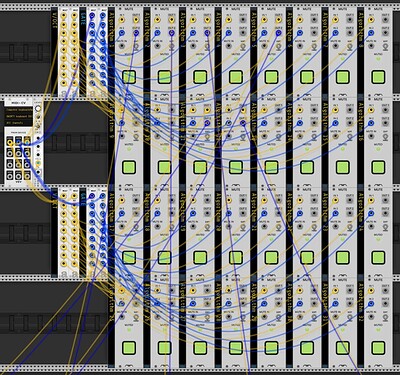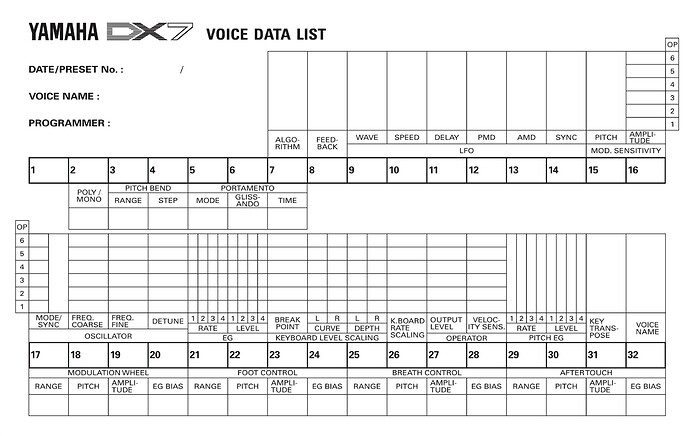The DX7 is a piece of synthesizer history. So many tracks/hits contain its (overused) sounds/presets. But, the concept of FM/PM surely added many new and unique sonic possibilities.
Thank goodies its not only the usual suspects like E.PIANO 1 and BASS 1.
Check out Apollo Atmospheres & Soundtracks album by Brian Eno With Daniel Lanois & Roger Eno, where there’s a lot of creative and no so cold and gritty DX7.
Example (track 1) Under Stars
The DX7 now feels pretty limited, when compared to more modern ‘FM’ solutions (both hardware and software). Even when it was introduced (1983), it was already a compromise between what was possible and what was commercially viable. See MadFame’s docu.
Steering a bit off topic…
My old Yamaha SY77 (1989) added a lot, but also suffers from many limitations. Though it was a great vehicle to learn about ‘FM’ (and mixing ‘FM’ with samples and subtractive). Yamaha kept evolving the concept in later machines for a reason.
Steering even further off topic…
Same goes for my old Kawai K5 (1987), an Additive synthesis machine (2 x 63 or 1 x 126 harmonics). Yes, it’s was (and still is) pretty unique. But was pretty limited by the technical state-of-the-art at the time (noisy, low bitdepth, audible stepping, just 4 envelopes etc). And of course the complexities of actually programming it, via a few knobs a wheel and an minute LCD screen.
The K5 (and Additve in general) can procuce very FM like sounds (epianos, bells, ebass and much more). It taught me a lot about sound and synthesis.
To just get an idea…the original factory audio demo, sort-of lo-fi/mono of a vinyl record… with commentaries…
Random, more recent (stereo) demo.
Kawai later created a follow up: the K5000 (1996). It added a lot. But still, programming Additive is just a lot of work. Even when approaching the concept from modern/current graphical interfaces.








